The breath which enters our body is called ‘Shwas’ or inhalation of air, and that which goes out from our body is called exhalation or ‘Prashawas’. Breath is the life force or vital force or, still better, the sustaining force of our body. Proper balance between inhalation, retention and exhalation forms the very basis of our life (Jeevan). Death is nothing other than existence of this process. It is also subtly called ‘Prana’. Pranayama is divided into three stages.
Poorak : The terms implies inhalation of air (breath) or inspiration.
Kumbhak : It means withholding of breath.
Rechak : The term is indicative of exhalation of breath.
Procedure of Pranayma
It is, in fact, a practice for complete respiration. Sit in Padmasana or Sukhasana (lotus pose). Keep your spinal chord erect. Inhale fresh air though the nose, filling your abdomen with air. When the abdomen is full (by inhalation of air) and bloates, retain the breath as long as you can, without suffocating, choking, tiring or straining yourself. Now slowly exhale the air. While inhaling the lungs would contract and the abdomen bloat but when air is exhaled, the abdomen will squeeze and lungs expand. Entire process is called respiratory process.
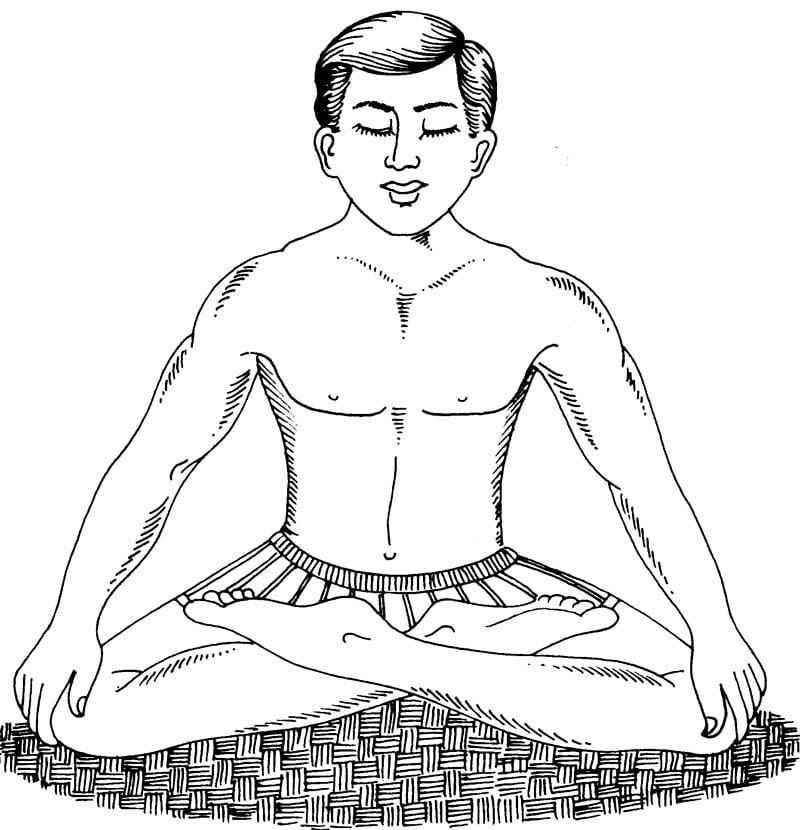
Ratio between all the three stages (Poorak, Kumbhak and Rechak) should preferably be 1:2:1 but there are no hard and fast rules. Pranayama can be done even while you are walking, moving on foot or in a vehicle, sitting in a chair, preferably easy chair, lying down or standing. The only common factor of utmost importance being that the air inhaled must be fresh and pure. If Pranayama done is a choked, smoky, dusty, polluted and toxic environs, it will cause harm, and there is no wonder you may expose your body to various serious disorders.
How to Do Pranayma
Our nose has two nostrils, the left one is called ‘Chandra Nari’ and the right one is called ‘Surya Nari’. One denotes cool and the other heat, one is active at night while the other is active during the day. When we inhale the breath is cold but, when exhale, it is hot. There are certain ascetics who can easily forecast death time of a person from the determination of breathing process, time and speed of breathing as, after all, it is the breath which is the vital force of our moods, climatic changes, etc. Lunar and solar phases and eclipses affect changes in nature, world events, lives of all persons, etc. First of all breath through one nostril only, closing the other with the index finger of your hand. Now retain the breath as long and as conveniently you can. There after, slowly breath out the finger. Before you exhale, the nostril, through which you had breathed should be closed. After a reasonable pause, now following the same process from the other nostril. Inhalation and breathing processes should be slow and uniform.
Benefits of Pranayama
As already discussed, pranayma aims at fortifying, sustaining and nurturing vital force of the body. It is connected more with our mental faculties than physical. It corrects various, if not all, physical disorders, by training the mind in such a way that body is rendered strong enough to take the oddities and abnormalities of life and other upsets in normal way, and upheavals and disturbances fail to have any impact on body. It removes defects and abnormalities of eyes, senses of hearing, smell, touch, speech, and purifies blood, normalises breathing process, tones up digestive organs, improves appetite, activates functioning of secretary glands, retards old age, takes away all evil feelings, recharges mental faculties. Above all, it provides peace (mental), sense of satisfaction, happiness and bliss. This is an asana to improve your life span. Recharge your emotions and other activities, by doing it regularly.
Kinds of Pranayama
There are eight kinds of Pranayama viz. (1) Surya-Bhedan, (2) Ujjayi, (3) Sitkari, (4) Shitali, (5) Bhastrika, (6) Bhramari, (7) Moorchha and (8) Plavini. Hereunder, brief description and benefits of each are described.
Surya-Bhedan
It pertains to performing Pranayma through the Surya-Nari (Right Nostril). Sit in Padma, Sidha or Swatikasana. Inhale fresh air through the right nostril, closing the left nostril (Chandra Nari) with your index finger. Inhaled breath should be suspended or retained as far and as long as possible. Before suffocation sets in, breath out through the left nostril, keeping your index finger on the right nostril. The trinity of Poorak, Kumbhak and Rechak should be done without any discomfort.
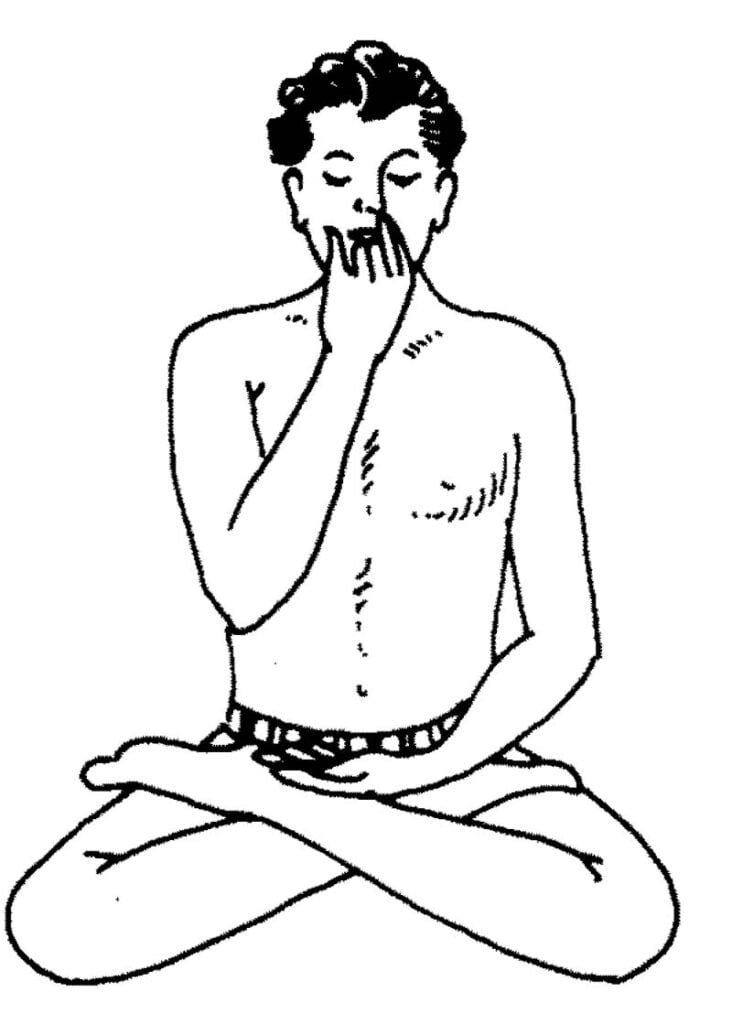
Benefits : It is highly useful, particularly in winter. It improves appetite, purifies blood and respiratory system, imparts agility and suppleness to body, sharpens and purifies memory, gives a feeling of freshness, imparts glow and lustre to body, dispels mental and physical fatigue. Both men and women of all ages are advised to do this Pranayama daily but more particularly in winter to let the body get vital heat.
Ujjayi
Sit in Padma, Sidha or Swatikasana (whichever suits you as the most comfortable and easy). Expel forcibly the air from the body. While expelling breath, there must be the sound which is heard during sleep, as if you are expelling air during sleep.
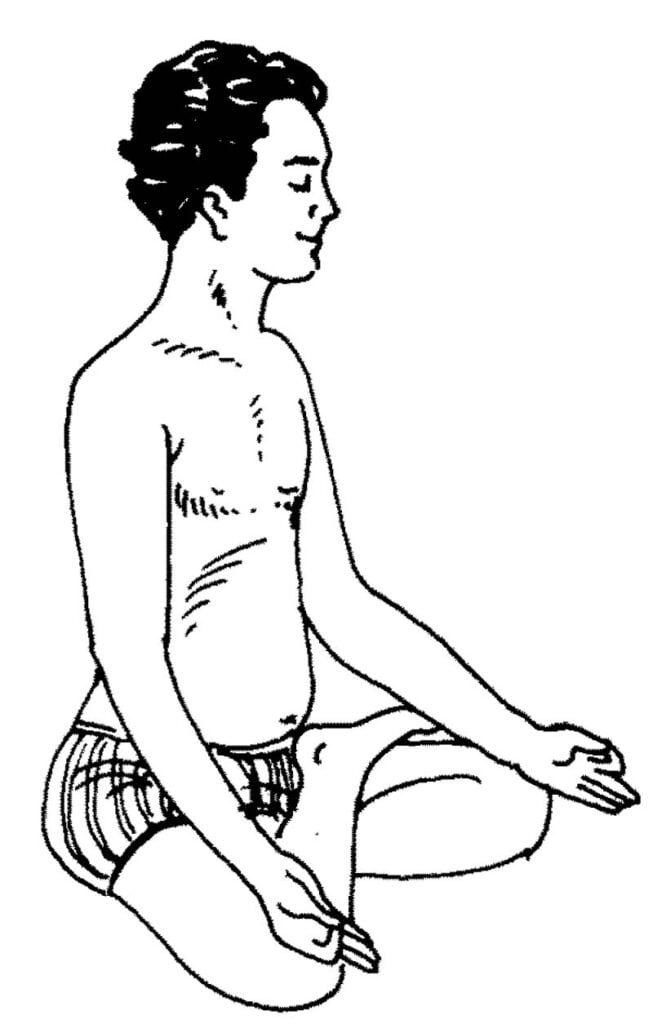
Thereafter, inhale fresh air to the full capacity of your lungs, expanding your chest as far as you can. In this Pranayma, breath is not to be retained. When you feel lungs are fully filled with air breath out the air slowly, making sure that during the course of expelling air, there is natural sound exhalation process.
Benefits : The process can be done while walking, writing, sitting, getting up. It modifies heat (excessive) in the body, improves secretion of digestive juices, increases appetite, removes constipation, cough and other respiratory disorders. Also provides lustre to the body. It should be performed daily by people of both sexes, irrespective of age.
Sitkari
Be seated in Swastika, Padma or Sidhasana. Let your tongue stay in-between both the rows of teeth. Now slightly clinch your teeth but very gently and softly, so that tongue is not unduly put under pressure of the teeth, both rows should simply touch the tongue so that it does not slip or retrace. Keep your lips open. Now take a deep breath through the mouth, creating a ‘hissing’ sound (The sound created by a snake). Retain the breath as far as feasible. Thereafter exhale through the nose very slowly.
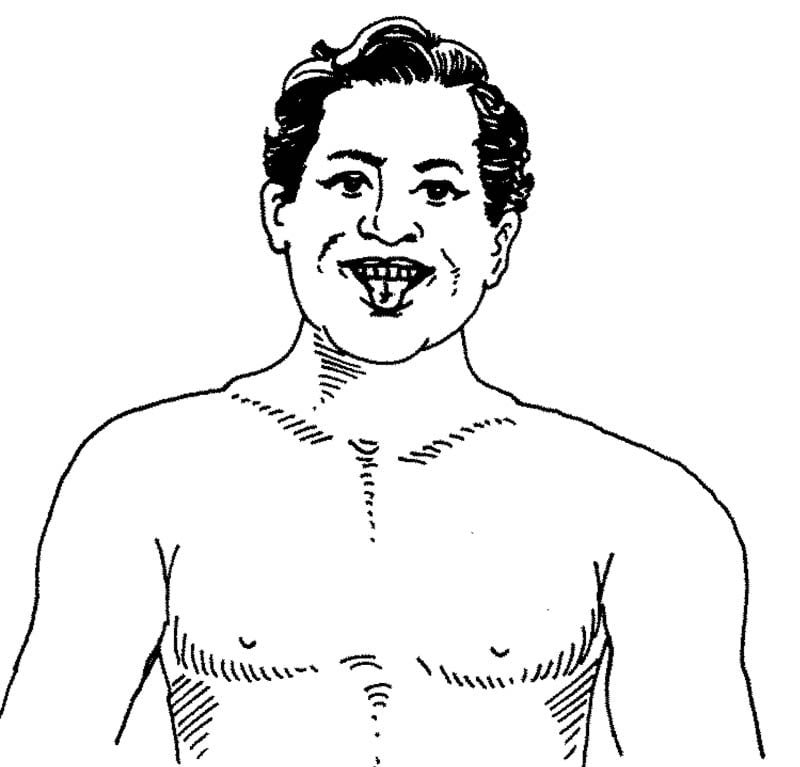
Benefits : This exercise is highly beneficial during hot days as it not only dispels ill effects of heat but imparts cooling effect to the body. It modifies excessive bile, improves appetite, dispels lethargy and renders body beautiful. Does not let teeth decay and also promotes general health and texture of teeth. It also induces natural and sound sleep. Ladies can also perform this asana.
Shitali
Lengthwise twist the tongue in the form of a crow’s beak (or resembling a crow’s beak) and slightly protrude the tongue out of lips. Now breathe in through the tongue. Retain the breath by closing your mouth. Do not allow breath to escape out. Before a suffocating tendency surfaces, exhale fully the breath and relax.
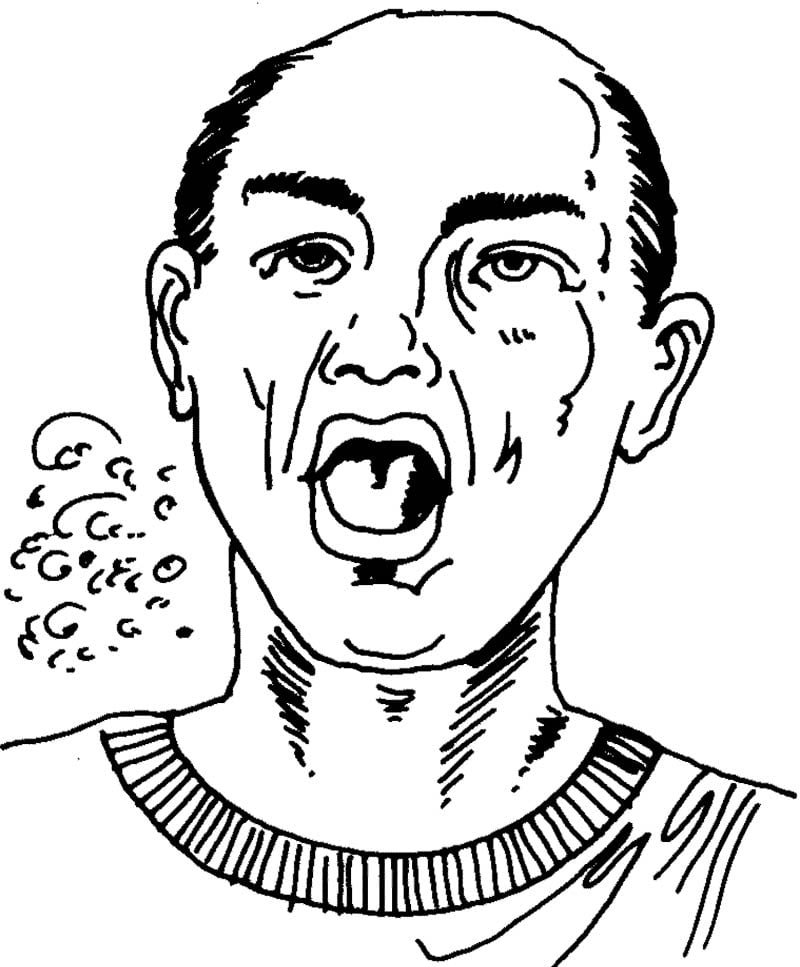
Benefits : It is almost a panacea for all types of fever. Also cures all the stomach disorders. All men and women can do it.
Bhastrika
Be seated in a comfortable position (whether in Sidha, Padma or Sukhasana). Now inhale through both the nostrils in the same way as air in the willow of a black-smith is filled in and eased out. Breathing in and breathing out process, must create an identical sound as comes from the willow. While drawing breathin, your belly should bloat but, while blowing out, your belly should squeeze. Whenever you feel suffocated, exhale through the right nostril. Now repeat the process through the left nostril, other process remaining unchanged. Entire process should be done in alteration.
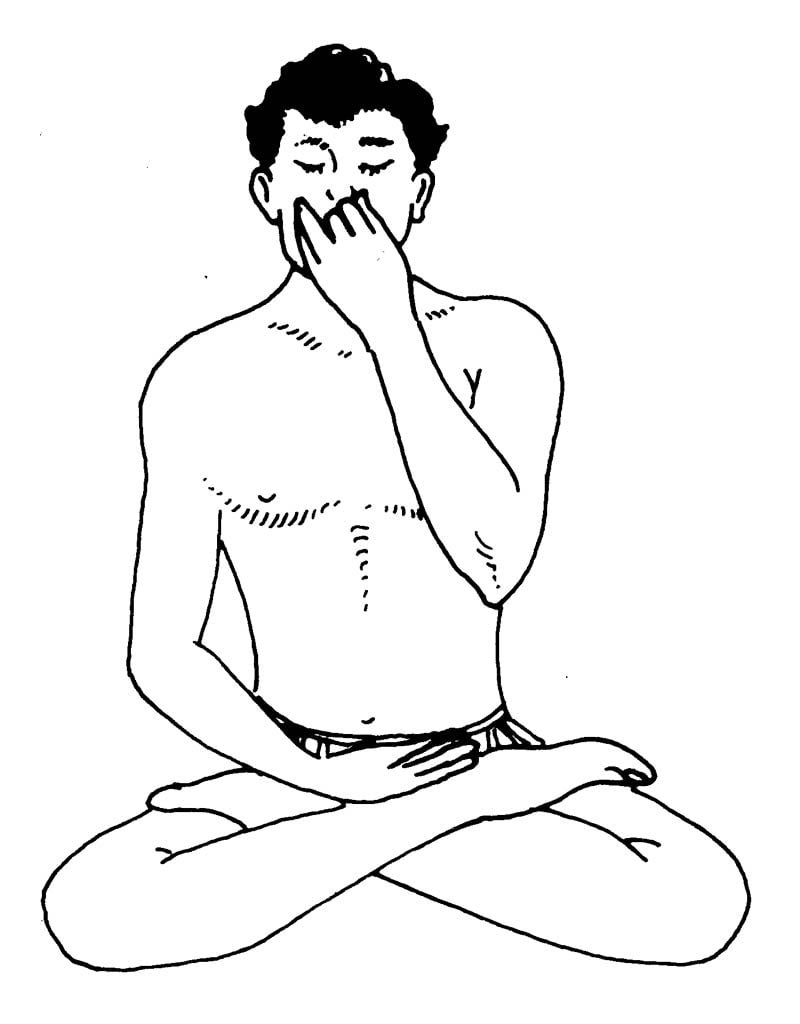
Benefits : Yogis perform this process to awaken Kundalini. It activates digestive juices, thereby arousing natural appetite, removes disorders of the three humours (wind, bile and phlegm), cures and rectifies all throat diseases, cough and asthma, imparts strength and energy to heart and regulated functioning thereof, modifies and normalises pulmonary, respiratory processes, improves circulation of blood by activating blood vessels.
Bhramari
Sit in Sidha, Padma or Swastikasana, keeping your spine erect. Inhale through the left nostril, while inhalation create sound like that of a big black bee (Bhramara). Retain breath as long and as you conveniently can. Thereafter slowly exhale through the right nostril.

Benefits : It clears obstruction in the nose, removes heavy feeling in the head, facilitates breathing through nose, pacifies wayward mental attitudes, keeps mind under happiness and tranquillity. It will calm down and pacify mental agitation, if performed daily in the evening.
Moorchha
This should be performed while sitting in a Sidhasana as it is a bit difficult posture. Before deciding to practically perform this asana, it is imperative that full guidance is sought from a yoga expert, otherwise it can do more harm than good. Only those, whether ladies or gents, who are desirous to perform it, should have a strong will to follow the rigid norms and follow the complexities before harping on the process. Relevant process is detailed hereunder.
First of all, be seated in Siddhasana. Take a deep breath through both the nostrils. Now retain in the breath, your chin rested on the hollow position of throat (as is done in a Jalandhar Bhandha). Two fingers close to your thumbs (index and middle fingers) of both hands should be delicately placed and rested on your both eyes (over the upper lids). Keep both eyes closed (right eye, with right hand fingers and left eye with left hand fingers). Place the four fingers of both hands on either side of each nose, thus closing both the nostrils. Now the small fingers should be placed just below the lower left, lifting the lower lip so that the same is raised so much that it joins the upper lip (that is when mouth is closed with the help of two little fingers). Now apply the process of ‘Mool Bandha’ (by stretching your anus and rectum upwards) and ‘Udiyan Bandha’. Before you start suffocating, release and remove the fingers and exhale through both the nostrils.
Benefits : It pacifies wayward mind, helps in concentrating mind, removes diseases pertaining to blood, skin and respiration. It preserves semen, all stomach and digestive problems disappear. There is no night discharge. Digestion improves, body is infused with extra energy. ‘Mool Bandha’ helps to awaken the Kundalini. It is not recommended for ladies.
Plavini
Sit in Padmasana and inhale (fresh) air so that stomach is filled to its capacity. Bloat your abdomen as much as you can. Now exhale the breath. This process be repeated 4-5 times. Before you breath in again, make sure that your abdomen contracts completely after you have exhaled.
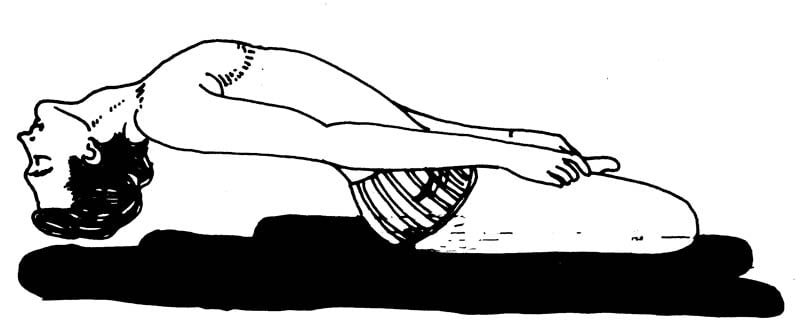
Benefits : Renders the entire body supple and light, cleans the bowels in such a way that digestion stands improved, disorders like pile, gas accumulation, extra fat from and around abdomen is shed. It improves figure of a person in general. It is claimed that any person who becomes an adept in this process may float over water like a lotus, swim or even walk on the water, even if turbulent.
Breathing exercises
Breathing with rhythm : Sit cross-legged on the ground or on a chair or stand with folded hand as in prayer. Keep mouth closed and breathe in through the nostrils counting one to four. Hold breath till you count from one to eight. Start to breathe out. While breathing out count once again from one to four, hold breath till you count from five to eight before you start inhaling. Repeat this a few more times. Increase the number of counts while breathing in and out and in between, gradually from day to day, to draw in more oxygen and expel more carbon-dioxide.

Cleansing pranayama : Sit cross-legged on the ground or on a chair with the spine erect and muscles relaxed. Cover the right nostril with the thumb and inhale through the left nostril. Cover the left nostrils too with the index finger and hold breath for one to two counts. Release the thumb and exhale through the right nostril. Repeat this with the left nostril. Cover the left nostril with the index finger and inhale through the right. Close both the nostrils and hold for one or two counts and then exhale through the left nostril releasing the index finger. With regular practice the number of counts while holding the breath should increase.
This exercise corrects the disorders of the nasal cavity and lungs. The good supply of oxygen help purify the lungs.
Note : Those who suffer from blood pressure must not practice to hold the breath. They can simply inhale and exhale.
Another Exercise : Sit in a comfortable position with crossed legs. Keep the body relaxed and erect. Keep the mouth closed. Inhale fast as much air as possible and exhale quickly with force. Do not hold the breath but breathe in and out in quick succession. Relax a while, breathing normally and again start breathing in and out in quick succession. Do this five to six times in the beginning and slowly increase after a few days practice.
This exercise is recommended in all digestive and respiratory disorders. It corrects defective circulation.

